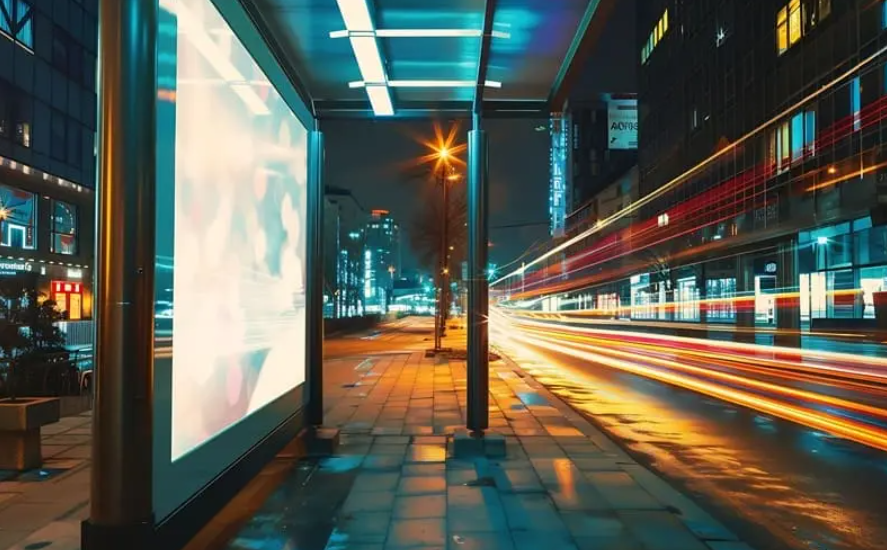
High Brightness Display: The Ultimate Guide to Ultra-Clear Visuals in Any Lighting Condition
Introduction to High Brightness Displays
What Is a High Brightness Display?
A High Brightness Display is a specialized screen engineered to deliver superior visibility in bright or outdoor environments. Unlike traditional displays that typically offer 250–350 nits of brightness, high brightness versions can reach up to 2,500 nits or more. This intense luminance ensures that images, videos, and text remain crisp and readable even under direct sunlight. These displays are often found in outdoor kiosks, digital billboards, marine navigation systems, and industrial control panels where visibility is crucial.
Why Brightness Matters in Modern Displays
Brightness is more than just a visual luxury—it’s a performance factor. In environments flooded with natural light, a standard screen quickly becomes unreadable due to glare and low contrast. High Brightness Displays counteract this by emitting enough light to overcome ambient conditions. As a result, businesses benefit from uninterrupted communication, enhanced aesthetics, and a more engaging viewer experience.
See also: Conventional Geysers Are Making a Comeback: Here’s Why Homeowners Still Love Them
How High Brightness Displays Work
Understanding Display Nits and Luminance
Brightness is measured in nits, where one nit equals one candela per square meter. A typical office monitor emits about 250 nits, while high brightness screens can exceed 2,000 nits. The higher the nit rating, the better the display performs under strong light. Luminance control circuits help maintain consistent brightness without excessive power use.
Technologies Behind High Brightness Displays (LCD, LED, OLED)
- LCD (Liquid Crystal Display): Most outdoor high brightness monitors use LED backlighting with specially designed panels that improve light diffusion and reduce glare.
- LED Displays: Known for direct illumination, these are common in large-format billboards.
- OLED Displays: Though stunning in contrast, they are less common outdoors due to potential burn-in issues.
How Anti-Reflective Coatings Enhance Visibility
Modern High Brightness Displays incorporate anti-reflective (AR) and anti-glare coatings that minimize light reflection. This allows viewers to see vibrant content even in high sunlight, improving legibility and comfort.
Applications of High Brightness Displays
Outdoor Digital Signage and Advertising
From transportation hubs to retail stores, high brightness displays dominate outdoor advertising. Their vivid color reproduction ensures advertisements remain visible and eye-catching, boosting brand recall.
Marine and Automotive Displays
In boats, yachts, and vehicles, sunlight readability is non-negotiable. Marine-grade high brightness screens feature waterproof enclosures and adaptive brightness sensors for changing light conditions.
Industrial and Military Applications
Factories, oil rigs, and defense operations rely on rugged high brightness displays built to withstand extreme environments—dust, heat, and vibration—while maintaining operational clarity.
Medical Imaging and Commercial Use
Hospitals use these displays for surgical visualization and diagnostics, where color accuracy and brightness consistency are critical.
Key Benefits of Using High Brightness Displays
- Improved Readability in Sunlight – Uninterrupted visibility even in harsh outdoor lighting.
- Enhanced Color Accuracy and Clarity – Natural tones and deep contrast enhance user experience.
- Energy Efficiency and Longevity – Smart power control systems reduce consumption and extend lifespan.
Additionally, high brightness panels often include ambient light sensors, which automatically adjust brightness to match environmental conditions—saving energy and reducing eye strain.
Comparing High Brightness vs Standard Displays
| Feature | Standard Display | High Brightness Display |
|---|---|---|
| Brightness | 250–350 nits | 1,000–2,500+ nits |
| Readability in Sunlight | Poor | Excellent |
| Power Consumption | Lower | Moderate (optimized with sensors) |
| Durability | Standard | Industrial-grade |
| Use Case | Indoor | Outdoor & Harsh Environments |
The difference is clear—literally. Investing in a High Brightness Display ensures your content remains visible, professional, and effective in any setting.
Choosing the Right High Brightness Display
When selecting a display, consider:
- Brightness Level (Nits): At least 1,000 nits for outdoor use.
- Resolution: Full HD or 4K for crisp detail.
- IP Rating: Protection from dust and water.
- Operating Temperature Range: Crucial for outdoor environments.
- Mounting Flexibility: Portrait or landscape options for signage.
Installation also matters—ensure proper ventilation and protection from direct exposure to rain or heat.
Top Manufacturers and Market Trends
Brands like Samsung, LG, BOE, and AU Optronics lead the global market, continually pushing innovation. Emerging trends include adaptive brightness, AI-driven calibration, and low-power LED backlighting for sustainability.
Common Challenges and Solutions
| Challenge | Solution |
|---|---|
| Overheating | Use heat dissipation systems or built-in fans |
| Glare and Reflection | Apply anti-glare coating or optical bonding |
| Power Consumption | Employ ambient light sensors and efficient LEDs |
Environmental Impact and Sustainability
The latest generation of High Brightness Displays utilizes energy-efficient LED backlights and recyclable materials. Manufacturers are shifting toward RoHS-compliant designs that minimize hazardous substances, aligning with global sustainability goals.
Learn more about eco-friendly display initiatives on EnergyStar.
Frequently Asked Questions (FAQs)
Q1: What is the ideal brightness level for outdoor displays?
A: A brightness rating between 1,500 and 2,500 nits is ideal for outdoor visibility.
Q2: Do high brightness displays consume more energy?
A: Slightly more, but energy-efficient LEDs and auto-brightness sensors minimize consumption.
Q3: Can I use a high brightness display indoors?
A: Yes, especially in bright environments like glass-fronted stores or atriums.
Q4: How long do these displays last?
A: Most high brightness displays last between 50,000–70,000 hours, depending on usage.
Q5: Are high brightness displays waterproof?
A: Many models feature IP65 or higher ratings, making them resistant to dust and water.
Q6: What’s the difference between high brightness and sunlight-readable displays?
A: Sunlight-readable displays use additional technologies like optical bonding to enhance outdoor readability beyond brightness alone.
Conclusion: The Future of High Brightness Display Technology
As digital communication evolves, High Brightness Displays will remain at the forefront of visual innovation. They enable clear, captivating, and energy-efficient experiences that adapt to any environment. From outdoor billboards to mission-critical dashboards, these displays illuminate the path toward smarter, more sustainable visual solutions.




